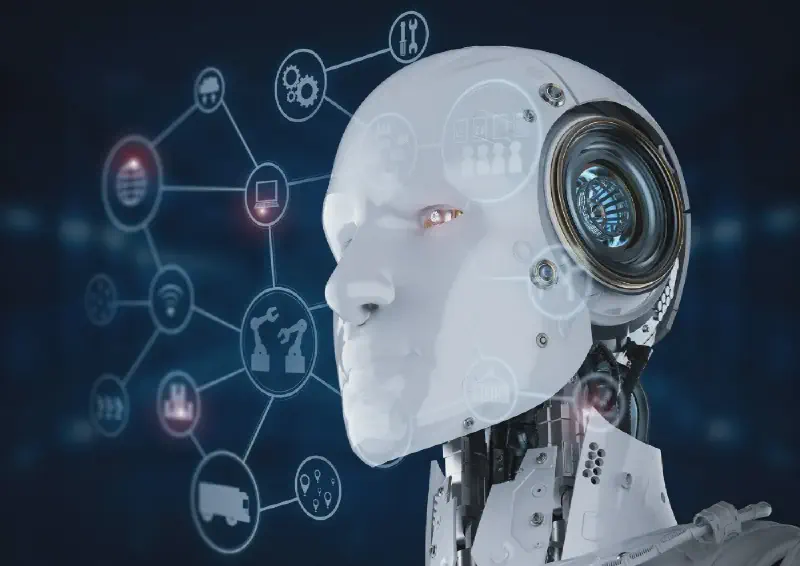The emergence of delivery robots is reshaping the global logistics industry. From the compact autonomous bots of Starship Technologies to Amazon’s delivery drones, these technologies promise higher efficiency and reduced shipping costs. However, they also raise concerns about employment—particularly in Vietnam, where the booming delivery sector employs tens of thousands of drivers from platforms like Grab and Shopee Express. Are delivery robots a technological breakthrough or a threat to the livelihoods of millions? This article explores the issue through three lenses: technology, economics, and society.
1. The Technological Power Behind Delivery Robots
Delivery robots are powered by a combination of artificial intelligence (AI), LiDAR sensors, and advanced GPS navigation systems. They can navigate complex urban environments, avoid obstacles, and deliver packages with precision. A 2023 report by McKinsey suggests that autonomous robots can reduce last-mile delivery costs by up to 40% in densely populated cities [1]. For example, Nuro’s robots in the U.S. operate 24/7, unaffected by rush hour or mild weather conditions.
Beyond economic efficiency, delivery robots offer environmental benefits. A 2022 study from the University of Michigan found that electric-powered delivery robots reduce CO2 emissions by 20–30% compared to traditional trucks [2]. In Vietnam—where cities like Hanoi and Ho Chi Minh City are facing alarming air pollution—delivery robots could contribute to sustainable development strategies.
However, the technology isn’t flawless. Delivery robots still struggle in extreme weather or complex terrain. Additionally, the high upfront costs for infrastructure and maintenance remain a major barrier for small and medium-sized businesses.
2. Impact on the Labor Market
Despite their benefits, delivery robots present a major challenge for labor. According to the International Labour Organization (ILO), automation in logistics could displace 20–25% of delivery workers in developed countries by 2030 [3]. In Vietnam, where the delivery sector provides jobs for tens of thousands, the impact could be even more severe. A 2024 report by the Vietnam Development Research Institute predicts that up to 15% of delivery drivers could be replaced in the next decade [4].
It’s not just drivers—related jobs such as packaging, warehouse management, and customer service also face automation risks. Amazon, for instance, has used warehouse robots since 2016, leading to a 20% reduction in manual labor at its facilities [5]. However, retraining programs like Amazon’s Upskilling 2025 show that only 25% of participants successfully transitioned to new tech-based roles [6]. In Vietnam, the lack of advanced tech training programs further increases the risk of unemployment.
3. Striving for Balance
To ensure delivery robots become a genuine leap forward, collaboration is needed among all stakeholders. Businesses must invest in support systems for displaced workers, as Starship Technologies did with its community assistance fund in the U.S. [7]. Governments can adopt models like Singapore’s “robot tax” to redistribute the benefits of automation, funding vocational training and welfare programs [8]. In Vietnam, promoting new professions such as AI programming, robot maintenance, and data analysis could help absorb the displaced workforce.
Consumers also play a role. The convenience of robot delivery might cause people to overlook ethical issues, but stronger community awareness in supporting human labor could drive more sustainable business models—ones that integrate both robots and human workers.
4. Conclusion
Delivery robots showcase the power of technology to optimize logistics and reduce environmental impact. However, the risks of job loss and growing economic inequality demand comprehensive responses from businesses, governments, and society. In Vietnam—where the delivery market is expanding rapidly—how we manage this transition will determine whether delivery robots become a technological revolution or a social threat. The real question is not just how to deliver faster, but how to build a fairer future for both humans and machines.
References
- McKinsey & Company. (2023). The Future of Last-Mile Delivery.
- University of Michigan. (2022). Environmental Impact of Autonomous Delivery Systems.
- International Labour Organization. (2020). Automation and the Future of Work.
- Vietnam Development Research Institute. (2024). Impact of Automation on Vietnamese Labor Market.
- Amazon. (2023). Warehouse Automation Report.
- Amazon. (2023). Upskilling 2025 Report.
- Starship Technologies. (2022). Community Impact Report.
- Government of Singapore. (2021). Taxation in the Age of Automation.
